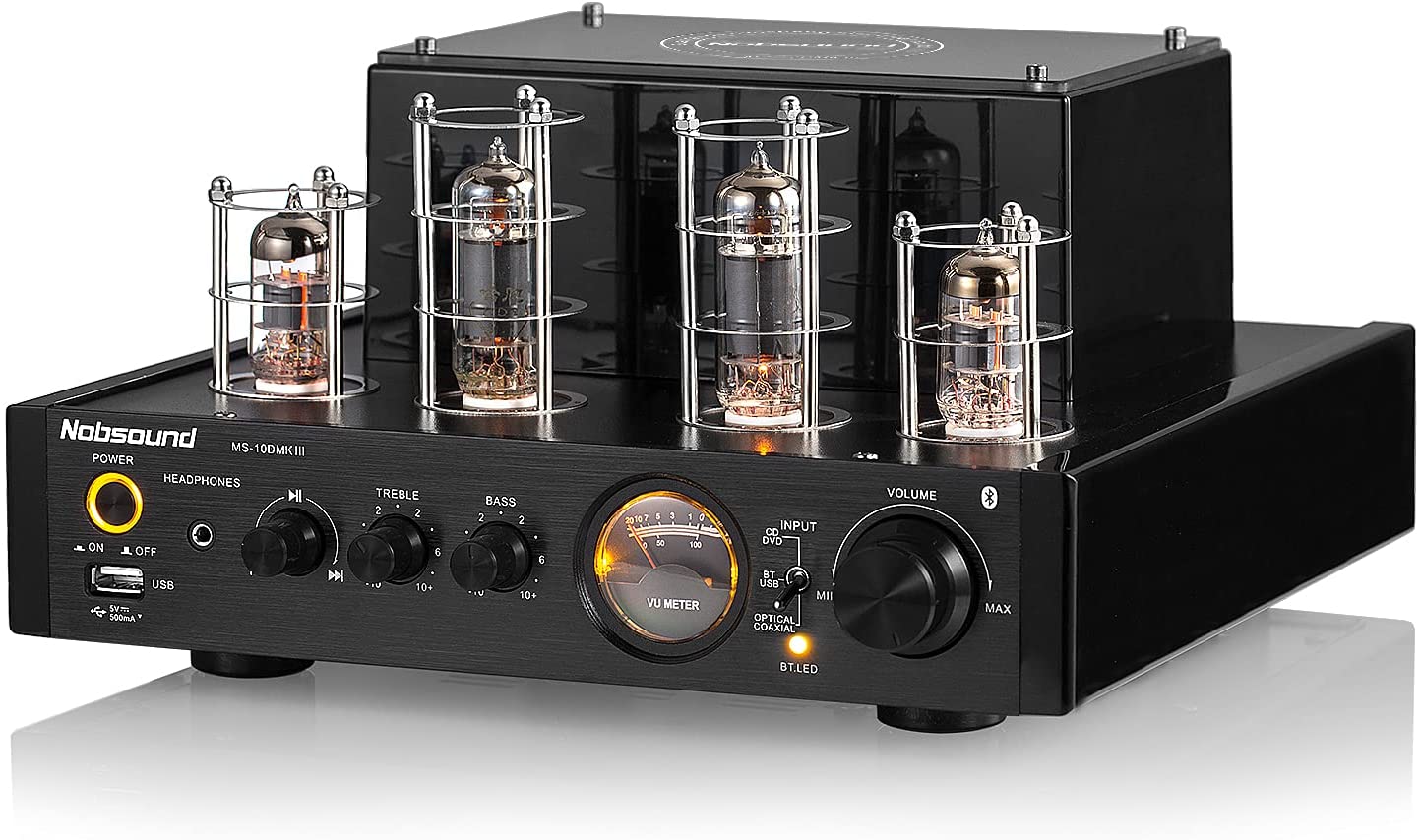Welcome to this post we will discuss how to use transistors as amplifiers, this blog post will provide information that serves your purpose of learning new things or adding to existing knowledge.
A transistor can act as an amplifier when it raises the strength of a signal that is weak. The bias voltage of DC which is being sent to an emitter-base junction makes it possible for the condition to remain forward biased.
The maintenance of this forward bias is done regardless of the signals polarity.
before we further delve into the discussion of how to use a transistor as an amplifier you need to understand the term of a transistor and amplifier.
Table of Contents
What Is A Transistor Amplifier?
A transistor amplifier is popularly known to be an electronic circuit that amplifies electrical signals using a semi-conducting transistor rather than making use of a tube or an integrated circuit chip.
A transistor amplifier, which is commonly used in audio applications, provides outstanding performance in a tiny package.
It has increasingly supplanted vacuum tube signal amplifiers and continues to be a formidable rival to today’s integrated circuit (IC) amplifiers.
History Of Transistor Amplifiers
Amplifiers employed vacuum tubes until the transistor was invented in 1947. Large, massive, delicate, and inefficient vacuum tubes took a long time to warm up.
Transistors solved all of these issues while also allowing for far less distortion in signal amplification.
They could also produce more powerful signals, with some transistor amplifiers capable of producing hundreds of watts per channel.

The invention of rechargeable portable audio components, including transistor radios, was also made possible by their tiny size and low power consumption.
A transistor amplifier circuit has a comparatively simple construction. The collector terminal of the transistor is connected to a power supply, and the output to be amplified is put into the base terminal.
The transistor determines how much energy from the collector passes via its gate to the emitter terminal, which transmits the amplified signal, based on the signal at the base.
When a transistor is compared to a faucet valve, the collector represents the supply pipe, the emitter represents the water outlet, and the base represents the hand that switches the spigot on, off, or anywhere in between.
In the 1960s, integrated circuit (IC) amplifiers began to take the role of transistor amplifiers.
The integrated circuit chip (IC chip) merged several electrical components onto a single small piece of silicon, allowing it to perform more tasks in a smaller space.
These amplifiers were hampered by poor sound quality and restricted power output capabilities.
However, throughout time, the technology has progressed to the point that IC amplifiers are now used in the majority of portable and low-cost home audio components.
Use Cases of Transistors as Amplifiers
Many home audio components still employ transistor amplifiers, despite the fact that they are often referred to as discrete amplifiers, even with low-cost ICs.
This circuit type is more common in power amplifiers and amplifiers’ final output stages, both of which would take the line-level output from the preamp and amplify it for speaker output.
However, transistor amplifiers are also used in some high-end source components and preamplifiers.
Metal oxide semiconductor-based field-effect transistors (MOSFETs) are used as the major source of amplification in both of these amplifier circuits.
How to use transistors as amplifiers
The transistor functions as an amplifier by increasing the intensity of a weak signal. In the diagram below, the transistor amplifier circuit is depicted

Emitter, base, and collector are the three terminals on a transistor. The transistor’s emitter and base are forward biased, but the collector core region is reverse biased.
Forward bias occurs when the P-region of such transistor is linked to the positive terminal of both the supply and the negative area is linked to the N-terminal, whereas reverse bias occurs when the P-region of the transistor is connected to the negative terminal of the supply.
The weak signal or input signal, is supplied across the emitter-base, and the output is generated by connecting the load resistor RC to the collector circuit.
To achieve amplification, the DC voltage VEE is delivered to the input circuit together with the input signal.
The DC voltage VEE, also known as a bias voltage, retains the emitter-base junction forward biased regardless of the polarity of the input signal.
Also because input circuit seems to have very low resistance, a tiny change in signal voltage leads to a change in emitter current (or we may say that a change of 0.1V in signal voltage means a change of 1mA in the emitter current).
Because of the transmitter’s operation, the change in collector current is nearly identical.
A high-valued load resistor RC is connected to the collector circuit. When collector current travels through this kind of high resistance, the voltage drop across it is significant.
As a result, a weak signal (0.1V) fed to the input circuit emerges in the collector circuit amplified (10V).
Performance terms of Amplifier
Because the common emitter style of connection is the most commonly used, let us first define a few key concepts related to this mode of connection.
Input Resistance
The input resistance will be low since the input circuit is forward biased. The input impedance is the signal flow resistance provided by the base-emitter junction.
At static collector-emitter voltage, it is defined as the ratio of a modest variation in base-emitter voltage (VBE) to the consequent change in base current (IB).
Output Resistance
A transistor amplifier’s output resistance is extremely high. The collector current varies only minimally when the collector-emitter voltage varies.
It is calculated as the proportion of change in collector-emitter voltage (VCE) to variation in collector current at fixed base current (IC).
Conclusion
We believe this post has been very helpful to you in easily using your transistor as an amplifier, It might not look easy to do but when you begin with the procedure, you will find out it is an easy walkthrough.
Thank you for your time in perusing this post, also take a look at other amplifier posts we have before you leave.




